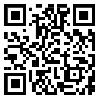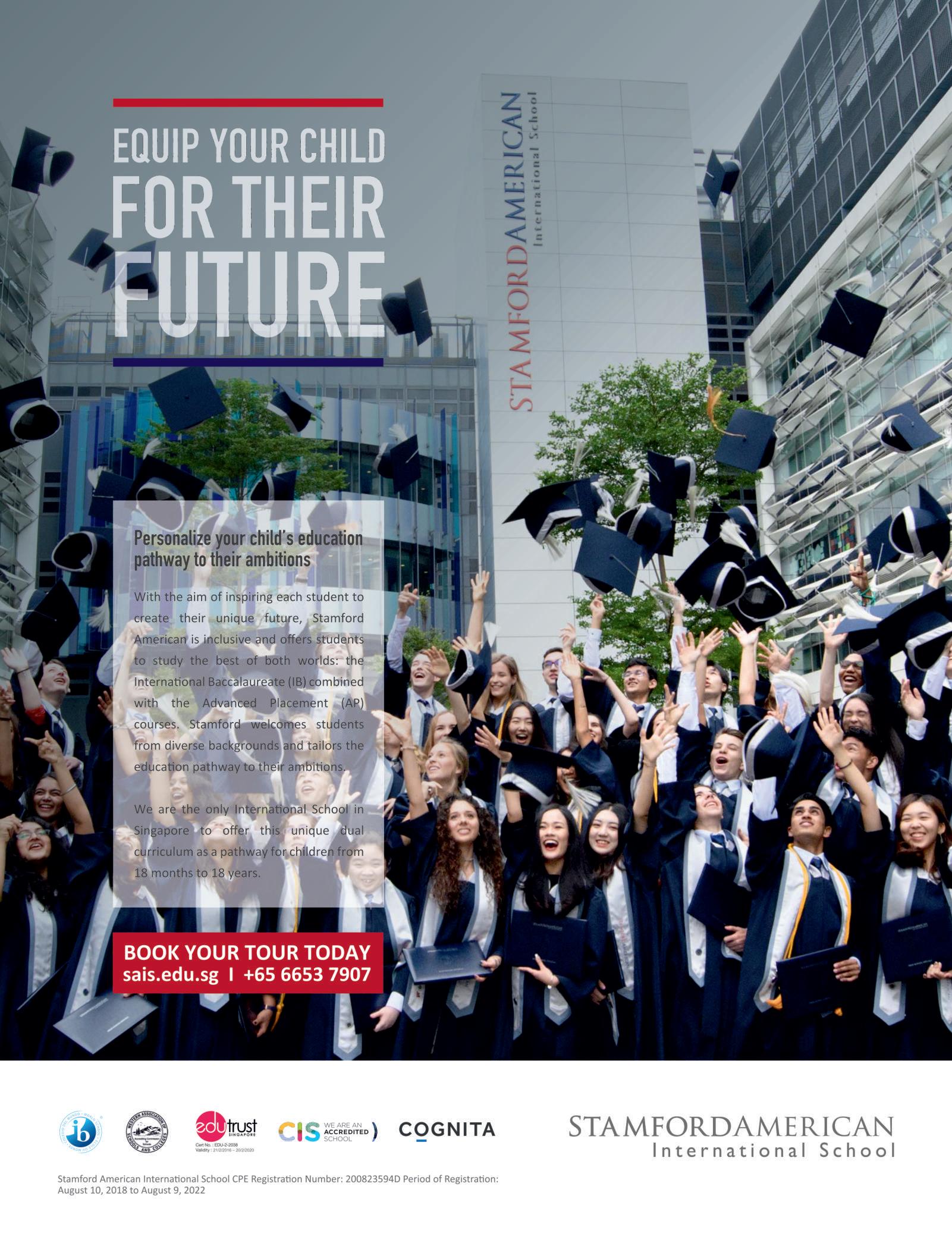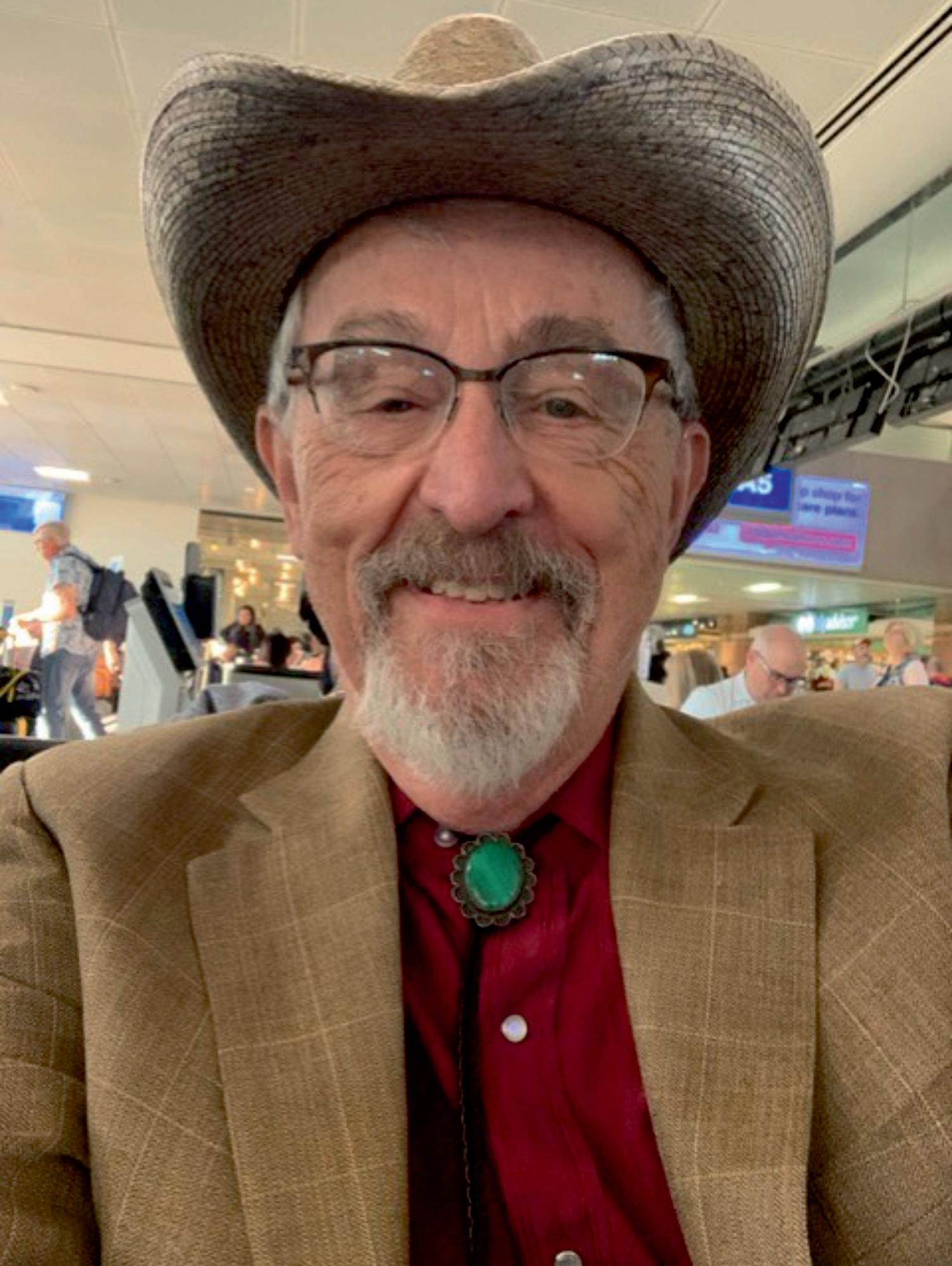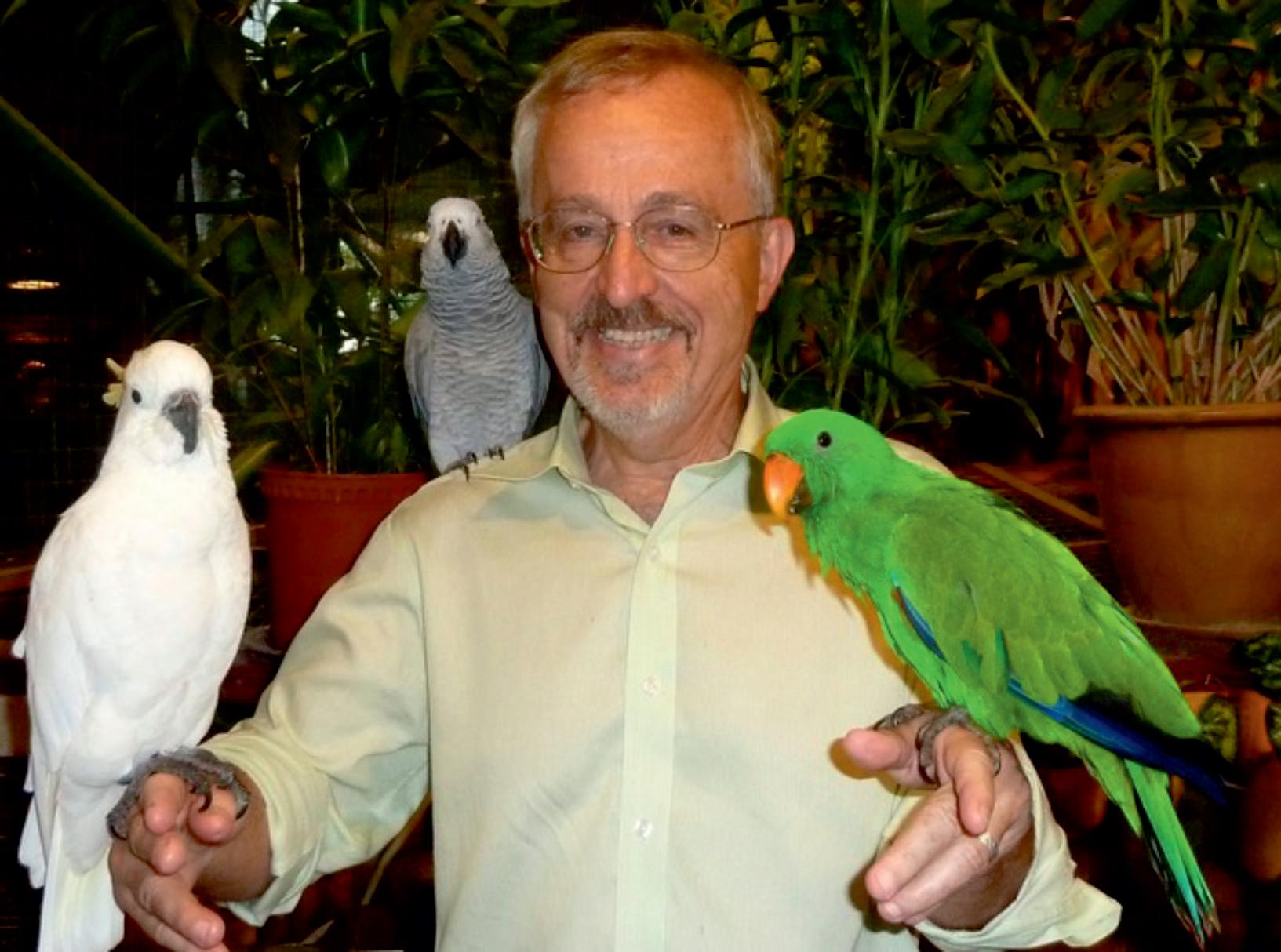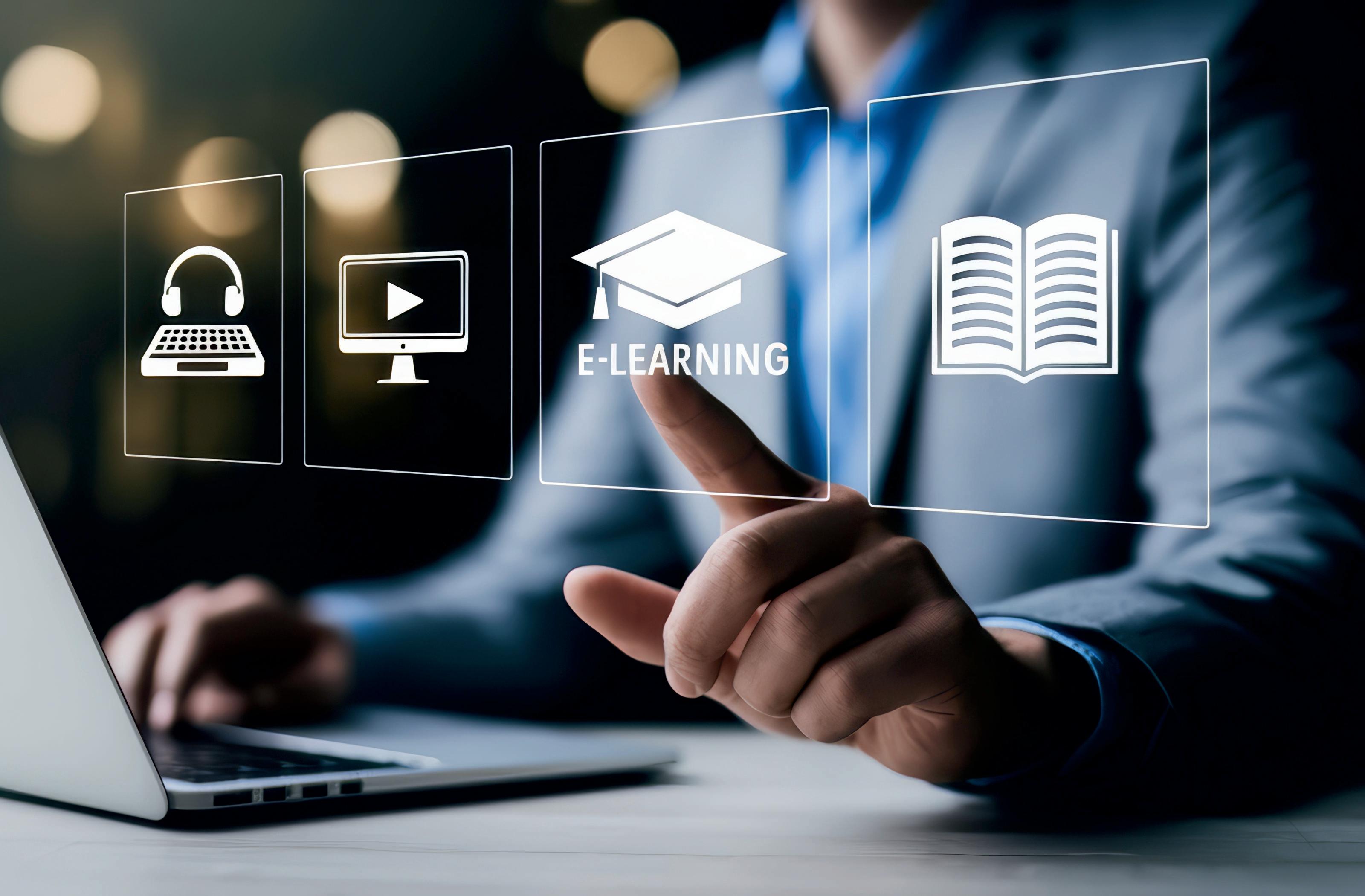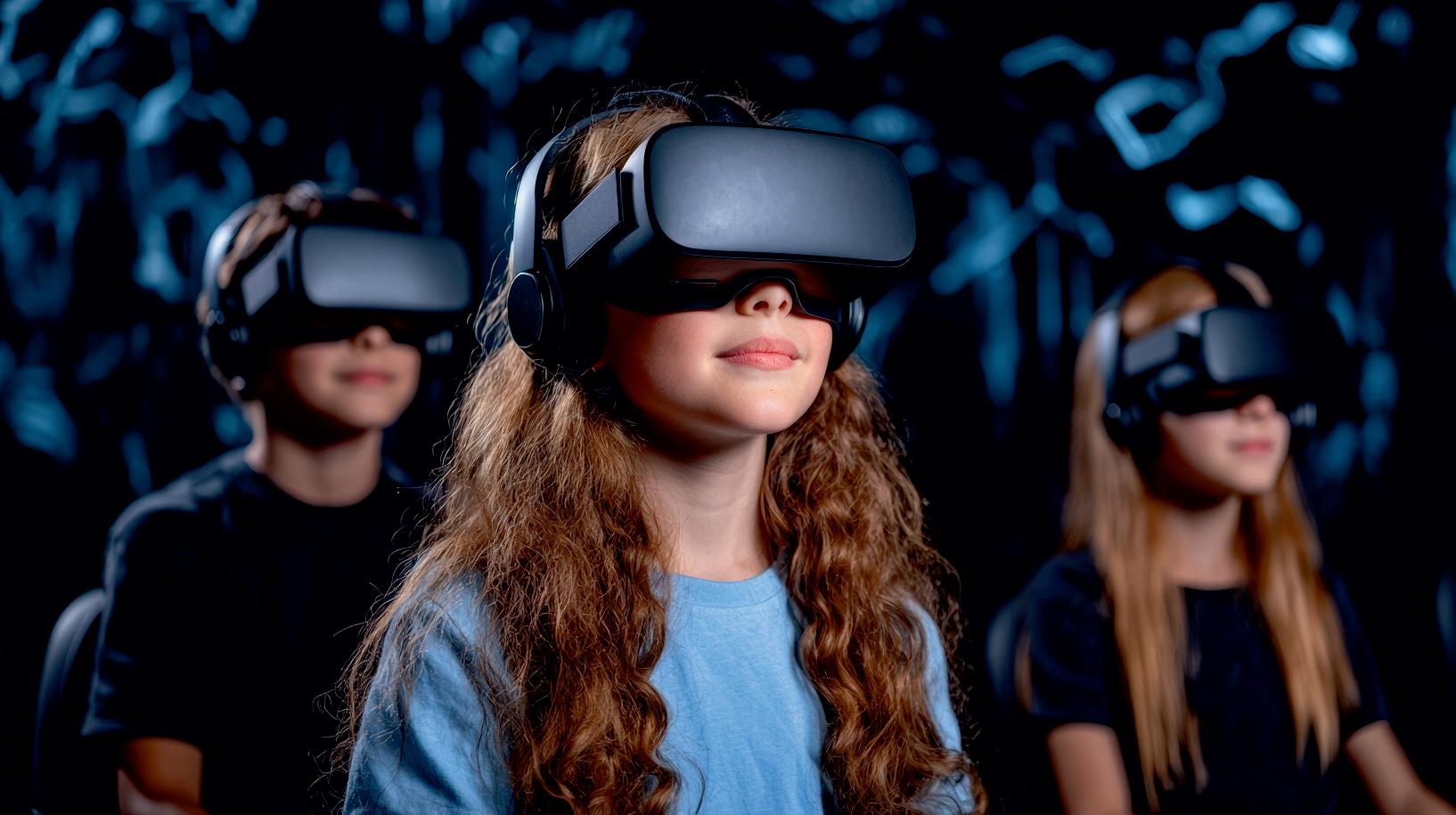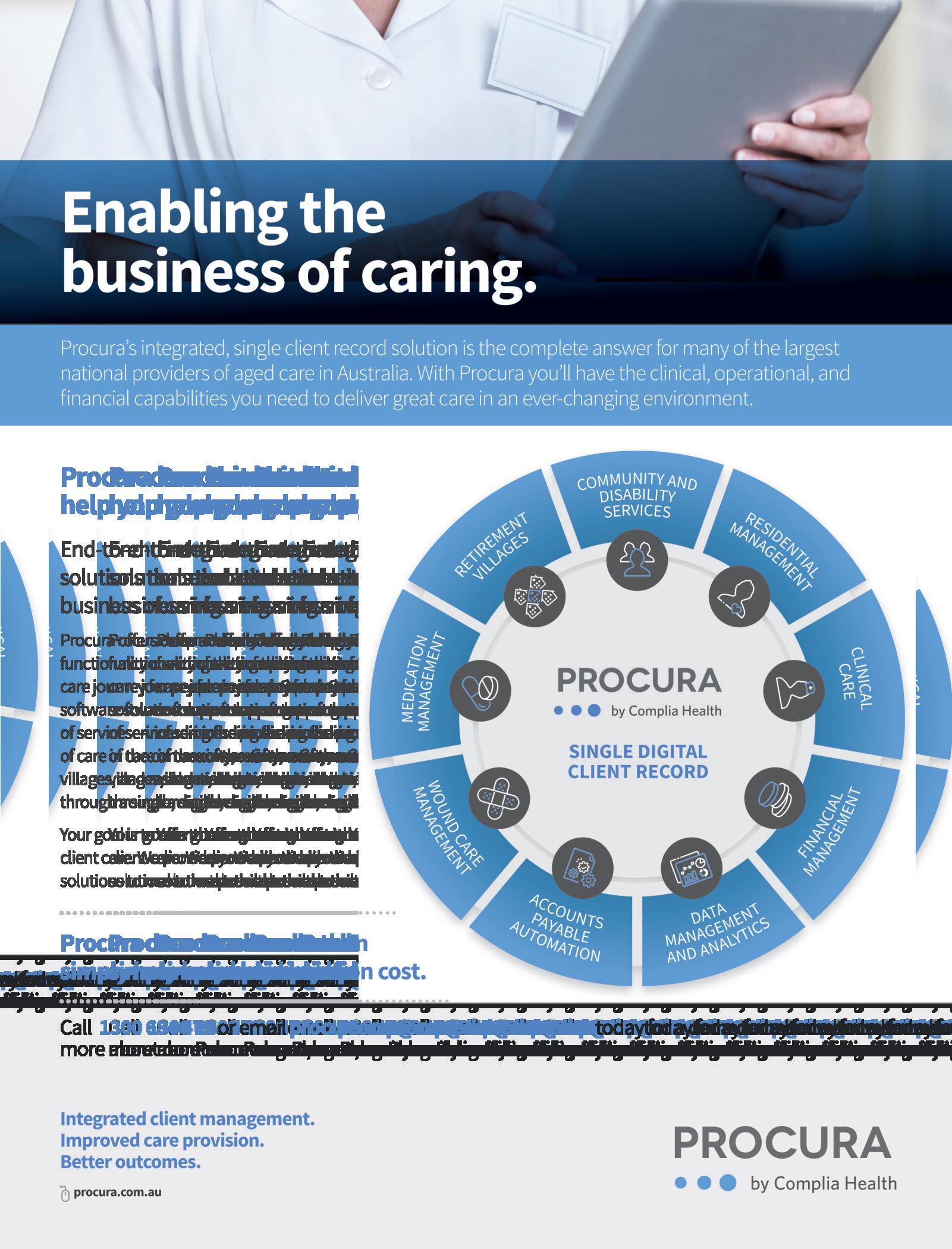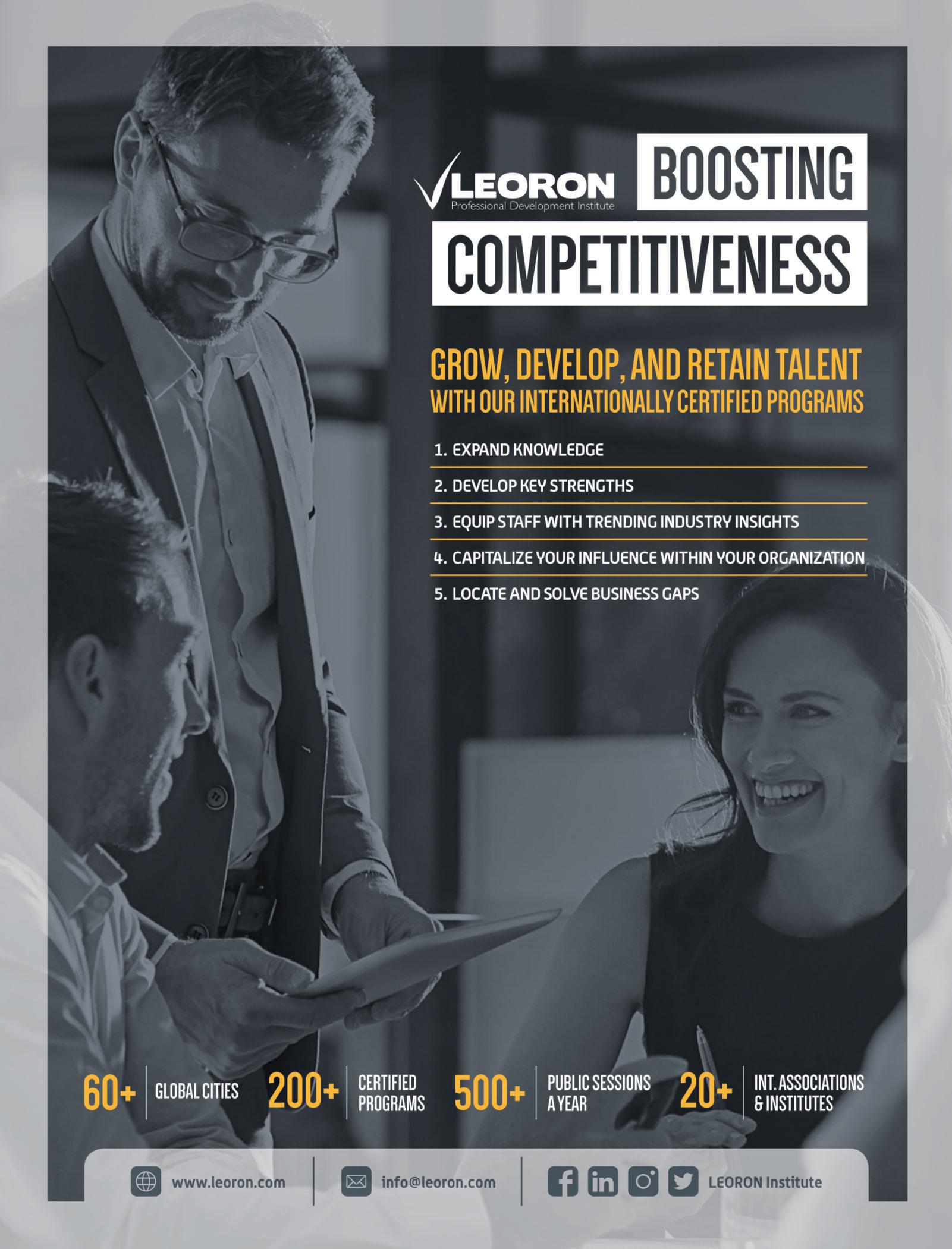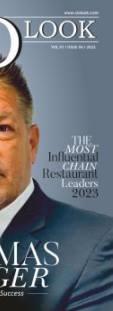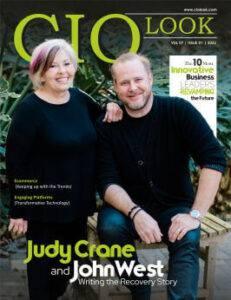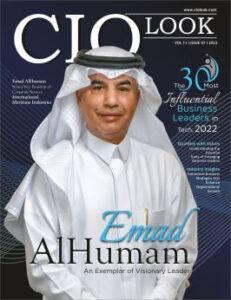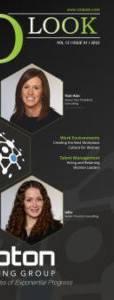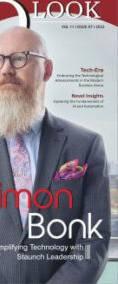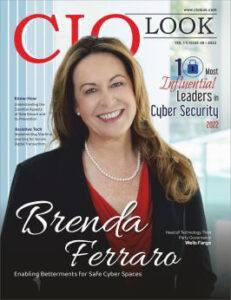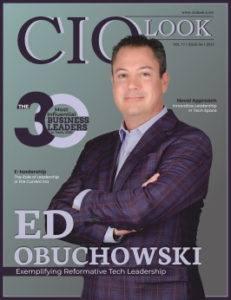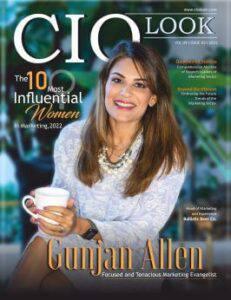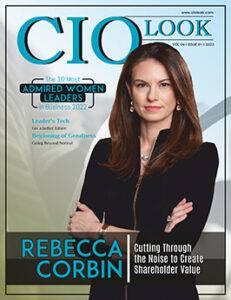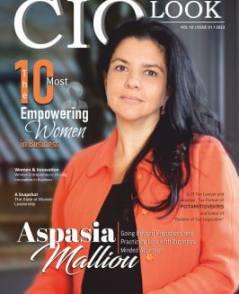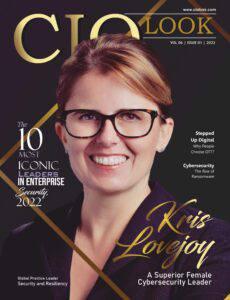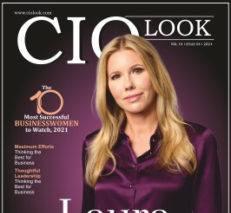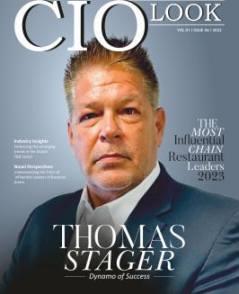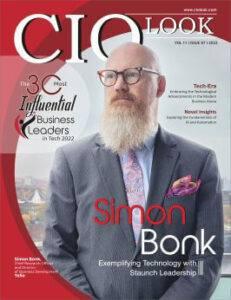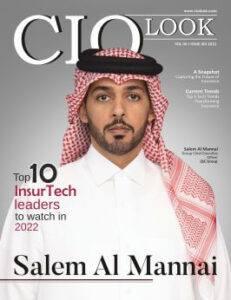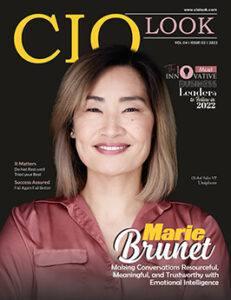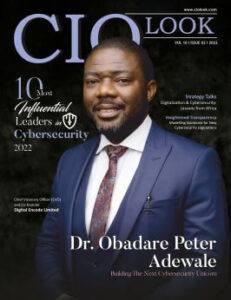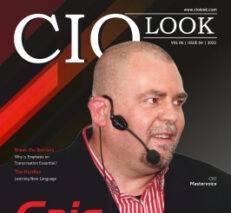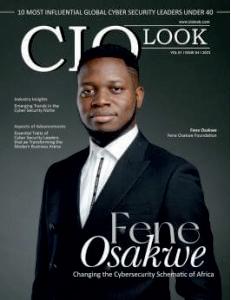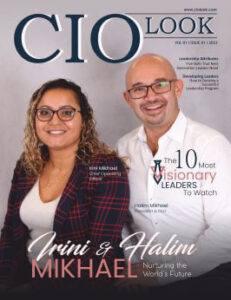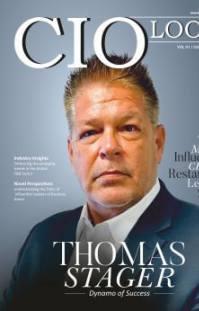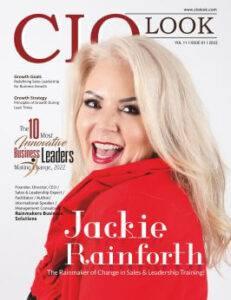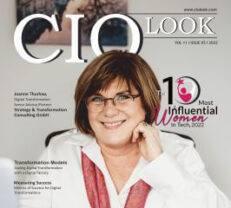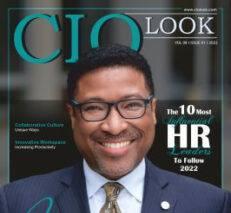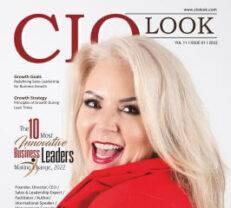Doctor Queue’s Legacy: How Revolutionized Research and Education r. Richard Larson From Analysis to Ac�on
How to Analyze Educa�onal Research Trends Effec�vely?
Transla�ng Theory into Ac�on
How to Implement Innova�ve Learning Methods?
Richard Larson
Professor
Doctor Queue’s Legacy: Redefining Time, Learning, and Innovation Affectionatelyreferredtoas"DoctorQueue,"Dr
RichardLarsonleftalastinglegacyonoperations researchandeducation.Histrailblazing contributiontoqueueingtheory—adisciplinepreviously relegatedtomathematicalobscurity—changedtheway industries,governments,andinstitutionsorganizetime, efficiency,andresources.Bydemystifyingthe mathematicsofwaitinglines,Dr.Larsonnotonly advancedtechnicalsystemsbutalsoenhancedeveryday life,fromhealthcareschedulingtotrafficflowand customerservice.
AtMIT,wherehespentdecades,Dr.Larsonwasmore thanascholar;hewasaneducationalvisionary.He meshedstringentanalysiswithaprofoundsenseof practicalapplication,bringingtheoreticalconstructsdown toearthandoutoftheoffice.Hiscreationofdynamic simulationtoolsenableddecision-makerstoforecastand solvegridlockslongbeforetheyarose.Thisproactive strategyrevolutionizedpublicpolicydesignand operationallogisticsaroundtheworld.
Buthisimpactwentfarbeyondsimulationandequation. AsthefoundingdirectorofMIT'sLearningInternational NetworksConsortium(LINC),Dr.Larsonsupported educationalinnovation,particularlyinunderservedareas. Heenvisionedtechnologytodemocratizelearningdecades beforedigitalclassroomsbecamethenorm.Hiswork bridgededucationaldividesandinfluencedanew generationoflearnersandleaders.
Dr.Larson'slegacyisoneofbrainsandheart—ascarce combinationthatmadenumbersstoryandstudents change-makers.Hisworkstillresonatesacrossfields, remodelingthewaysystemsthink,studentslearn,and societiesexpand.InrememberingDoctorQueue,wehonor notonlyamathematician,butamentorwhoselegacystill linesupsolutionsforabetterworld.
MichaelWayne C O V E R S T O R Y
Dr. Richard Larson A Legacy of T A R T I C L E S
From Analysis to Ac�on How to Analyze Educa�onal Research Trends Effec�vely?
Transla�ng Theory into Ac�on How to Implement Innova�ve Learning Methods?
E N T S
PoojaMBansal Editor-in-Chief
CONTENT
Deputy Editor Anish Miller
Managing Editor Prince Bolton
FOLLOWUSON WE ARE ALSO AVAILABLE ON
www facebook.com/ciolook/ www.x.com/ciolookmagazine
DESIGN
Visualizer Dave Bates
Art & Design Director Davis Mar�n
Associate Designer Jameson Carl
SALES
Senior Sales Manager Wilson T., Hunter D.
Customer Success Manager Nelson M.
Sales Execu�ves Tim, Smith
TECHNICAL
Technical Head Peter Hayden
Technical Consultant Victor Collins June,
Research Analyst Eric Smith
SEO Execu�ve Alen Spencer
CONTACTUSON
Email info@ciolook com
For Subscrip�on www.ciolook.com
Copyright © 2025 CIOLOOK, All rights reserved. The content and images used in this magazine should not be reproduced or transmi�ed in any form or by any means, electronic, mechanical, photocopying, recording or otherwise, without prior permission from CIOLOOK. Reprint rights remain solely with CIOLOOK.
C O V E R S T O R Y Dr. Richard Larson A Legacy of MarryGunaratnamreflectsontheextraordinary legacyofDr.RichardLarson,whoselifelong workinoperationsresearchtransformedhow theworldsolvesproblems.Overmorethanfiftyyears,Dr Larson’spioneeringresearch,thoughtfulmentorship,and boundlesscuriosityhelpedelevatethepracticalvalueof mathematicalmodeling.Hisnameissynonymouswith model-basedthinking—amethodthatdoesn'tjustexplain complexsystemsbutimprovesthemintangibleways.
Dr.Larson’sintellectualhomewastheMassachusetts InstituteofTechnology(MIT),wherehejoinedthefaculty in1969andremainedaconstantforceforinnovationfor overfivedecades.Dr.Larsondidn’tjustteachoperations research—he lived it.Heshowedusthatcomplex equations,whenappliedwithcompassionandclarity,could actuallysavelives,optimizesystems,andeducatefuture generations.Hisstoryisnotonlyaboutacademic excellencebutalsoaboutamoralvision:thatknowledge shouldbeusedtomakeadifferenceinpeople’severyday lives.
Eveninretirement,Dr.Larsoncontinuestoinfluencefields asdiverseasemergencyservices,education,andpublic policy.HiseffortsthroughMITBLOSSOMSandhisbook Model Thinking for Everyday Life aretestamentstohis beliefthatsophisticatedtoolsshouldbeaccessible, practical,andwidelyshared.“Hiscareer,”Marrysays,“isa masterclassinthepowerofcombiningprecisionwith purpose.”
ACareerAnchoredinPurposeandPrecision Dr.RichardLarson’scontributionstotheworldofapplied mathematicsbeganwithaninvitationfromProfessorAl Drake—apivotalmomentthatledhimtoMITandshaped thetrajectoryofhiscareer.Itwasn’tjustacareerinthe traditionalsense;itwasalifelongmissiontoelevate operationsresearchfromabstracttheorytoproblem-solving science.AsMarryputsit,“ThatinvitationfromProfessor Drakewasmorethanastepintoacademia;itwasacallto greatness.”
Overtheyears,Dr.Larsonusedmathematicalmodelsto addressreal-worldchallengesthatmostpeopletakefor granted—likereducingemergencyresponsetimesor designingeffectivelearningplatforms.HistenureatMIT wasdefinedbybothacademicrigorandarelentlessdriveto createpublicvalue.Whetherintheclassroomorinthe field,hepushedstudentsandcollaboratorsaliketoaskhard
questions: How can we do this better? What do the numbers tell us? What does society need?
HisinfluenceextendsfarbeyondthewallsofMIT.Dr Larson'spracticalapplicationsofmathematicalmodelshave shapedeverythingfromurbanplanningtonationalpolicy Thesearen’tjuststatistics;theyarestoriesoflivesmade safer,systemsmademoreefficient,andeducationmade moreinclusive.“Hedidn’trestuntilthemodelshebuilthad areal-worldapplication,”Marryexplains.“Thatwasthe standardhelivedby.”
HypercubeQueuingandEmergencyOptimization OneofthemostremarkableexamplesofDr.Larson’swork istheHypercubeQueuingModel—amathematically elegantyetdeeplyimpactfulsystemdesignedtooptimize emergencyresponseservices.Thismodelsignificantly enhancedhowcitiesallocateresourcesforpolice,fire,and ambulanceservices.“Weoftentakeforgrantedhowfast helparrivesinacrisis,”Marrynotes,“butDr.Larson’s modelsarethereasonbehindthatspeed.”
Atitscore,theHypercubeModelisaboutmakingdatadrivendecisionsinhigh-stakesenvironments.By accountingforlocation,frequencyofcalls,andsystem capacity,themodelensuresthatemergencyservicesare dispatchedinthemostefficientwaypossible.It’sabrilliant fusionofstatistics,logistics,andhumanwelfare.Asa result,citiesthatadoptedLarson’sframeworkreported measurableimprovementsinpublicsafetyandemergency efficiency.
Hisfirm,ENFORTHCorporation(laterQ.E.D.),playeda crucialroleintranslatingtheseinnovationsfromtheoryinto action.“Dr.Larsonwasn’tcontentwithpublishingpapers,” Marryemphasizes.“Hebuiltteamsandpartnershipsthat wouldbringthesemodelsintocitycouncils,hospitals,and emergencyresponseunits.”Thisabilitytobridgeacademia andthepublicsectorisrare—andtransformational.
DemocratizingEducationThroughMITBLOSSOMS Dr.Larson’spassionwasn’tlimitedtosolvingurban logistics;itextendeddeeplyintotherealmofeducation. AlongsidehiscolleagueProfessorDanFreyandhislate wife,MaryElizabethMurray,heco-foundedMIT BLOSSOMS—apioneeringinitiativeofferingfree,highqualitySTEMvideolessonstostudentsaroundtheworld. “BLOSSOMSisoneofhismostheartfeltcontributions,”
One of the most remarkable examples of Dr. Larson’s work is the Hypercube Queuing Model—a mathematically elegant yet deeply impactful system designed to optimize emergency response services.
Even in retirement, Dr. Larson’s journey is far from over. He remains active in academic circles, serves as a member of the National Academy of Engineering, and continues to advise on projects that benet from analytical insight. Marryreflects.“It’saboutcreatingequityineducation, aboutmakingsureeverychild,nomatterwheretheyare, canaccessgreatteaching.”
Atatimewhenonlineeducationwasstillinitsinfancy,Dr Larsonsawthepotentialofopen-sourcecontenttobridge globallearninggaps.TheBLOSSOMSvideosarenow widelyusedacrosscountries,bringingMIT-caliberteaching intoruralclassroomsandurbanschoolsalike.Withover 100lessonsavailableonplatformslikeYouTube, BLOSSOMSstandsasoneoftheearliestandmost impactfullarge-scaleeducationalresourcesofitskind.
Whatmakesthisinitiativespecialisitshybriddesign. Thesearen’tjustpassivelectures—they’reinteractive, project-basedlearningexperiencesthatencouragecritical thinking.Marryexplains,“Hedidn’tjustwantstudentsto memorizeequations.Hewantedthemto understand the problem,exploreit,testit,andsolveit.That’swhat BLOSSOMSdoes.”Theprojectcontinuestoinfluence educatorsandpolicymakersglobally,highlightingthesocial responsibilityofscientificexpertise.
Leadership,Mentorship,andLegacyinINFORMS Beyondhisresearchandteaching,Dr.Larsonplayeda pivotalleadershiproleinprofessionalcommunities,most notablyaspresidentofORSAandINFORMS—twoofthe mostprominentorganizationsinoperationsresearchand analytics.Theserolesallowedhimtomentorthenext generationofscientists,modelers,andsystemsthinkers. “Hewasn’tjustaleader,”Marrysays,“hewasacultivator ofleadershipinothers.”
Histenureintheserolesfocusedonexpandingthereach andrelevanceofoperationsresearch.Hepushedfor interdisciplinarycollaboration,open-accessresources,and increasedpublicengagement.Underhisleadership, INFORMSgrewnotonlyinsizebutin influence—impactingsectorsasdiverseashealthcare, transportation,andclimatepolicy.
Dr.Larson’sleadershipstylewasmarkedbyhumilityand inclusivity.Hebelievedthateveryvoicematteredandthat progressrequiredbothcollaborationandcuriosity.“His doorwasalwaysopen,”Marryrecalls.“Whetheryouwere agraduatestudentorapolicymaker,hetreatedyour questionwiththesamerespectandenthusiasm.”
Model-BasedThinkingforDailyLife In2023,INFORMSpublishedwhatMarryGunaratnam describesas“acrownjewelinDr.Larson’slegacy”—the book Model Thinking for Everyday Life Thispublication distillsdecadesofacademicandpracticalinsightsintoa readableguideforeverydaydecision-making.It’satoolfor anyone—frombusinessprofessionalstostudentsto parents—seekingtomakebetterchoicesthroughstructured thinking.
Thebookintroducesreaderstotheconceptofmodel-based thinking:usingsimplifiedframeworkstoanalyzecomplex situations.Whetherit’sdecidingwhentobuyacarorhow tomanageateam,Dr.Larsonshowsthatasystematic approachleadstobetteroutcomes.“It’snotaboutsolving equationsinyourhead,”Marryexplains.“It’sabout
trainingyourselftothinkmoreclearly,morelogically—and withmoreempathy.”
Whatmakesthebookuniqueisitsaccessibility Written withoutjargonandfullofrelatableexamples,itservesas bothabeginner’sguideandanexpert’srefresher.Itproves thatmodel-basedthinkingisn’tjustforengineersor analysts—it’sforeveryone.“Thisbook,”Marrysays,“is Dr.Larson’sinvitationtotheworld:Comeseehowthinking differentlycanchangeyourlife.”
ALegacyThatContinuestoGrow Eveninretirement,Dr.Larson’sjourneyisfarfromover Heremainsactiveinacademiccircles,servesasamember oftheNationalAcademyofEngineering,andcontinuesto adviseonprojectsthatbenefitfromanalyticalinsight.His
Over the years, Dr. Larson used mathematical models to address real-world challenges that most people take for granted—like reducing emergency response times or designing effective learning platforms. nextambitionistoexpandtheaccessibilityofhisbook, possiblylaunchingitonplatformslikeBarnes&Nobleto reachwideraudiences.
Whatdriveshimisnotfameoraccolades—it’simpact.“Dr Larson’sjoycomesfromknowinghisworkmakesa difference,”Marryreflects.Whetherit’safasterambulance, asmarterstudent,oramoreinformedcitizen,hislegacy liesintheoutcomesthatripplethroughsocietybecauseof histhinking.
AsMarryGunaratnameloquentlyconcludes,“Dr.Larson showedusthatmathismorethannumbers—it’salanguage ofservice.Hislife’sworkisatestamenttowhathappens whenbrilliancemeetspurpose.Andforgenerationsto come,thatlegacywillcontinuetoinspire.”
How to Analyze Educationaladministrators,policymakers,researchers,and
institutionalmanagerswhowishtostayabreastoftrends andinnovationsinlearningandinstructionneedtobe capableofcomprehendingandanalyzingeducationalstudies trends.Educationisadynamicfieldwithinfluencesfrom technologicaldevelopments,pedagogicaltransformation,policy reformulation,andsocietalpressures.Asameansofchartingthis shiftinggroundinthebestpossibleway,thestakeholdersmustbe enabledwithfuturesensingskillsandstrategiesofinterpretation andresponsetocoursesofthefutureforschoolresearch.
KnowingtheExtentofEducationalResearch Educationalresearchisabroadfieldofstudyinvolvingmultiple themes,approaches,andtheory.Itincludesstatisticalinferencebasedquantitativeresearch,qualitativeresearchbasedonlived experience,andmixed-methoddesignsincorporatingthetwo. Trendanalysisrequiresanunderstandingofheterogeneityin studydesignsandhowthesecontributetothemultiplicityof dimensionsineducationresearch.Havingthisbasic understandingallowsresearchersandpractitionerstoreverse translatefindingsanddecideontheirrelevancetoactual situations.
Secondly,academicinquirycoversfieldssuchaseconomics, sociology,technology,andpsychologyaswell.Knowledgeof suchaninter-disciplinaryarenaisneededtocomprehendthe spacewhereeducationalagendasandprioritiesareshapedby widersocialtrends.Placingworkinthecontextofwider academicandpolicydebateallowsonemoreeasilytorecognize newtrendsandpredictareasoffuturedevelopmentinthefield.
UsingAcademicDatabasesandScholarlyJournals Availabilityofsoundsourcesisabuilt-incomponentofthe processofperforminganalysisofeducationtrendsstudies. AcademicdatabasessuchasERIC,JSTOR,Scopus,and GoogleScholarprovideaccesstopeer-reviewedjournals, conferenceproceedings,andthesescontainingcurrent studies.Periodicvisitstothesesitesallowonetoremain currentwithhighlycitedarticles,high-impactresearch,and trendsofrelevance.Usageofprimarysourcesensuresthat theanalysisisanchoredinacademicrigorandevidencebasedfacts.
Besidesavailabilityofacademicbooks,credibilityand relevanceofthesourcesmustbeweighed.Allliteraturethat hasbeenpublishedisnotequivalent,anddateof publication,impactfactorofthejournal,authorship,and researchstudydesignmustbeinspected.Sourcecriticality inskepticismpreventsmisinformationandensurestrends observedarefoundedongood-qualityevidence.
CollaboratingwithMeta-AnalysesandSystematic Reviews Systematicreviewsandmeta-analysesareaverystrongtool foruncoveringtrendsineducationalresearch.Theytakethe resultsfrommultiplesinglestudiesandsynthesizethem intoabiggerpictureofagiventopic.Cumulativedata enableresearchersandpractitionerstomakepatterns, generalconclusions,andliteraturegaps.Abiggerpicture givesbetterinsightintodomainsthatalreadyhavealotof researchanddomainsforwhichthereisstillaneedfor research.
Thesereviewsalsohavestudydiversityandmethodological consistencyevidence.Carefulconsiderationintheirmethod selectionaidsinbeingresponsivetodominantresearch paradigmsandestablishingthequalityofavailable evidence.Thisguidesfuturestudydesign,aswellas creatinganintegratedknowledgeoftheoveralldirection andmeritofeducationtrends.
AssessingtheActual-WorldRelevanceofResearch Assessingtrendsineducationresearchisnotathought experiment;itneedstoconsiderpragmaticeffectsof research.Thatinvolvescriticallyanalyzingmeansthrough whichnewdatacanbeusedtotranslateintoactionto improveinstructionpractices,curriculumconstruction, policyimplementation,orstudentachievement.
Practitionersneedtoanalyzewhetheratrendissuitablefor theneeds,assets,andcontextsoftheirspecificschool settings.
Second,thereshouldbesomeunderstandingofscalability andsustainabilityofworkableinterventions.An interventionthatperformsamazinglyinacontrolled laboratorysettingcouldfailwhenappliedtolow-resource orheterogeneousschools.Itiseasiertoanticipatesome challengesthatwouldbeanticipatedandprojectlong-term effectsofeducationalinnovationsbylearningfromcases andlongitudinalresearch.
IntegratingDataAnalyticsandTechnologyTools Greaterdataavailabilityoneducationenablesfreshroom fortrendanalysis.Learningmanagementsystems, standardizedtesting,andstudentinformationsystemscreate massivedatarepositoriestobetappedtoidentifystudent behaviorpatterns,instructionquality,andinstitutional performance.Theuseofthetoolsofdataanalyticsyields moreempiricalandtimelydataonhoweducationalpractice isevolving.
Apartfromdataanalysis,additionalexpenditureon artificialintelligenceandmachinelearningoffers sophisticatedwaysofdiscoveringtrendsandpredictive modeling.Suchtechnologieshavetheabilitytodetect nascenttrendsineducationdemandandneedandrespond earlytodevelopingissues.However,deploymentofthese technologiesshouldbeweighedwiththeutmostcautionas muchasethicalconcernslikedataprivacy,bias,and transparencyareinvolvedtofacilitatetheirfairand responsibleutilization.
Conclusion Efficientlysortingouteducationresearchtrendsthroughan integrativeprocessofcriticalreading,dataliteracy,and contextawarenessisnecessary.Byapplyingtopical relevancethroughscholarlywork,professionalnetworks, andtechnologicaltools,stakeholderscanenlightenaction throughevidenceandguidetheeducationpath.Itisless aboutseeingwhatistrendingbutseeingwhatistrendingup andpoisedtodisruptissuesandopportunitiesalongthe way
How to Implement Innovative Learning Methods? Inthefast-paced,digitally-saturatedworldoftoday,
educationneedstoadaptinordertostayrelevant. Standardlearningsystemstendtobetoorigidto addressthevariousneedsofcontemporarystudents. InnovativeLearningMethodsstepintofillthegap.Not onlydothesemethodsincreaseengagement,buttheyalso encouragecreativity,criticalthinking,andproblem-solving skillsthatareapplicableinreallife.Aneffectivestrategy, teamwork,andwillingnesstochangearenecessaryto implementthesemethods.Thisarticleexaminesactionable stepstoincorporateInnovativeLearningMethodsin schools.
UnderstandtheFundamentals EducatorsandinstitutionsbeforeadoptingInnovative LearningStrategiesneedtocomprehendtheirbasis.Such methodsareinteractive,student-centered,andtechnologysupportedinmanycases.Theyfocusonactivelearning, teamwork,andflexibilitycomparedtopassiveconsumption ofinformation.Project-basedlearning,gamification,flipped classroom,andexperientiallearningaresomeexamples. Comprehendingthesefundamentalsenablesoneto customizestrategiesasperlearningenvironmentsand objectives.
AssessExistingTeachingPractices Evaluatingexistingteachingpracticesisanimportantstep. Whatiseffective?Whataretheareasofdeficitsinstudent participation,understanding,orretention?Thisanalysiscan beperformedthroughstudentfeedback,peerobservation, orself-assessment.Identifyingchallengesmakesitsimpler toidentifywhichInnovativeLearningMethodsaremost relevant.Forexample,ifstudentsarehavingdifficultywith theory,aflippedclassroomwouldallowextratimeinclass forpracticalimplementation.
InvestinTeacherTrainingandSupport Teachersarethedriversofchangeintheclassroom.In ordertocarryoutInnovativeLearningMethods successfully,theyhavetobewell-trained.Workshops,peer mentoring,andprofessionaldevelopmentcoursescan familiarizeeducatorswithnewtoolsandtechniques.In addition,ongoingsupportsystems—suchasinstructional coachingoronlineforums—enableteacherstoimprove theirpracticeandnavigatechallenges.Competenceand confidencegohand-in-handwhenembracinginnovation.
LeverageTechnologyWisely TechnologyisacriticalcomponentofmostInnovative LearningStrategies.Still,itneedstobeusedwithintention. Computer-basedtoolssuchasinteractivewhiteboards, learningapps,andlearningmanagementsystemscan increaseinterestandcustomizeteaching.Virtual simulations,augmentedreality,andweb-based collaborationtoolscanalsomaketopicsmorereal.Itis crucialtoselecttechnologiesbasedonlearninggoals insteadofkeepingupwiththelatesttrends.
EncourageCollaborationandFlexibility Innovativelearningneedstoflourishinaclimatethat embracescollaboration—notonlybetweenstudents,but betweenteachers,administrators,andparents.Team assignments,peercritiques,andcollaborativediscussion groupspromoteaspiritofsharedresponsibilityand reciprocallearning.Moreover,institutionsneedtobe flexible.AdaptingInnovativeLearningApproachesmight involveimmediateadjustmentsintimetables,curriculum planning,ormodelsofassessment.Flexibilitytochangeis inevitable.
StartSmallandScaleStrategically Insteadoftransformingawholesysteminasinglenight, beginwithlittlepilotprogramsorexperimentalmodules.
Forinstance,introduceproject-basedlearninginoneunitor gamifyasolitarylesson.Quantifyresults,collectfeedback, andmakeitbetter Aftertheadvantagesbecomeapparent, upscaleincrementally Thisstep-by-stepapproachlessens resistanceandfacilitatesevidence-basedrefinementof approaches.
MonitorProgressandIterate Implementationdoesn'tstopafterInnovativeLearning Methodsarebroughtin.Monitoringonanongoingbasisis essentialtomakesuretheywork.Bothqualitativeand quantitativemeasures—studentperformancedata,levelof engagement,feedbackforms,andclassroom observations—shouldbeutilized.Frominsight,iterateand refine.Thestrengthofinnovationisinitsfluidity;it'saloop ofexperimenting,gettingfeedback,andadapting.
EstablishaCultureofInnovation ProbablythebestmethodtoapplyInnovativeLearning Methodsistodevelopacultureinwhichcuriosity, experimentation,anddevelopmentareprized.Whenboth studentsandteacherscaninnovatewithoutfearoffailure, learningbecomesricherandmoresustainable.Leadership iscentrallyinvolvedhere—supportingrisk-taking,linking achievements,andtakingsetbacksaslessonslearnedleads toaviablemodelofinnovation.
Conclusion InnovativeLearningStrategiesisnotacookie-cutter approach,noratemporarysolution.Ittakescareful planning,dedicatedteachers,andsupportivelearning environments.Whenexecutedwell,itturnsclassroomsinto livelyplaceswherestudentsaremotivated,relevant,and empoweredlearningtakesplace.Byembracinginnovation andtailoringittoindividualcontexts,teacherscanprovide studentswiththeskillstheywillneedtosucceedina rapidlychangingworld.

